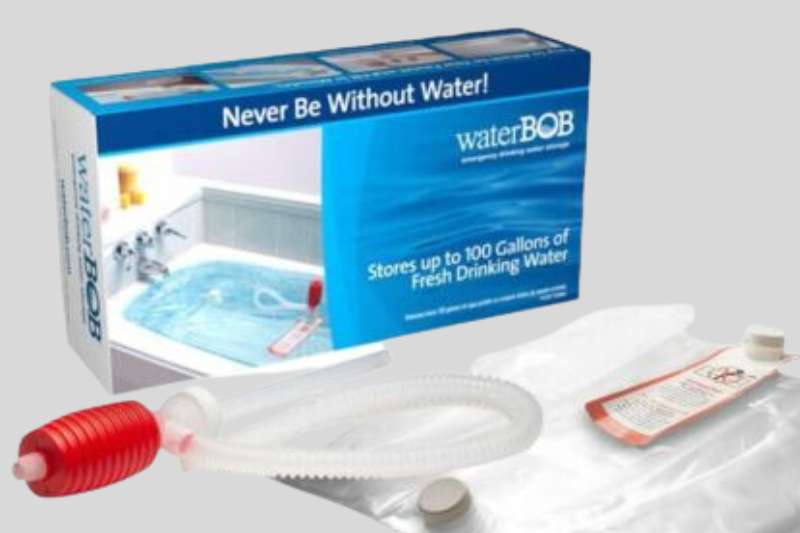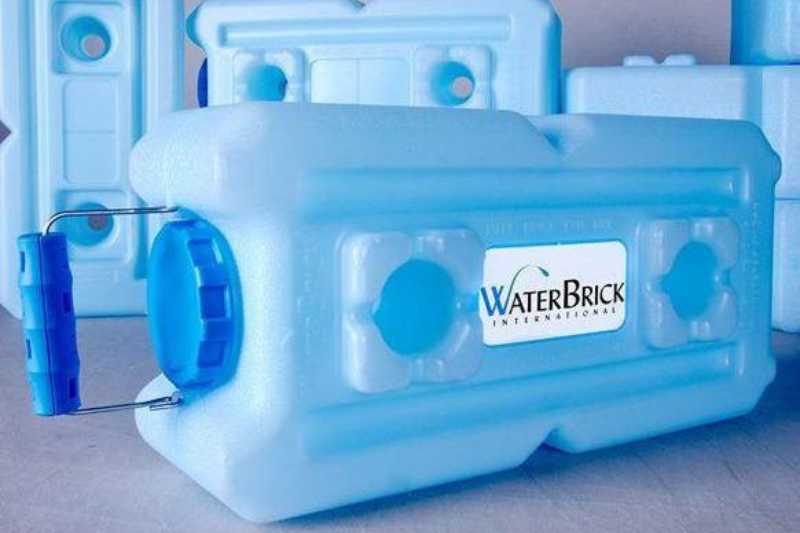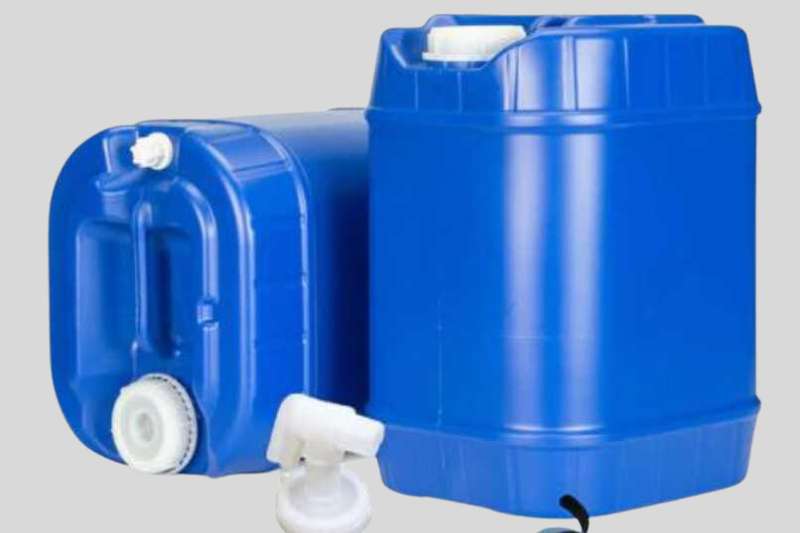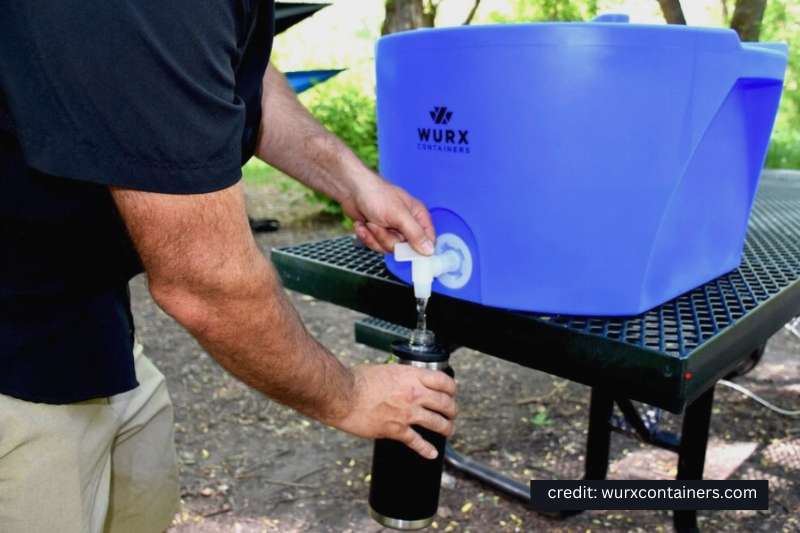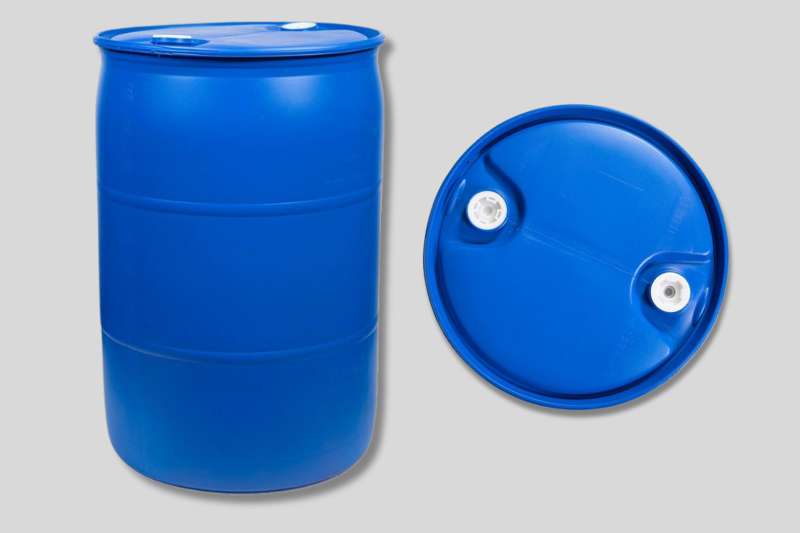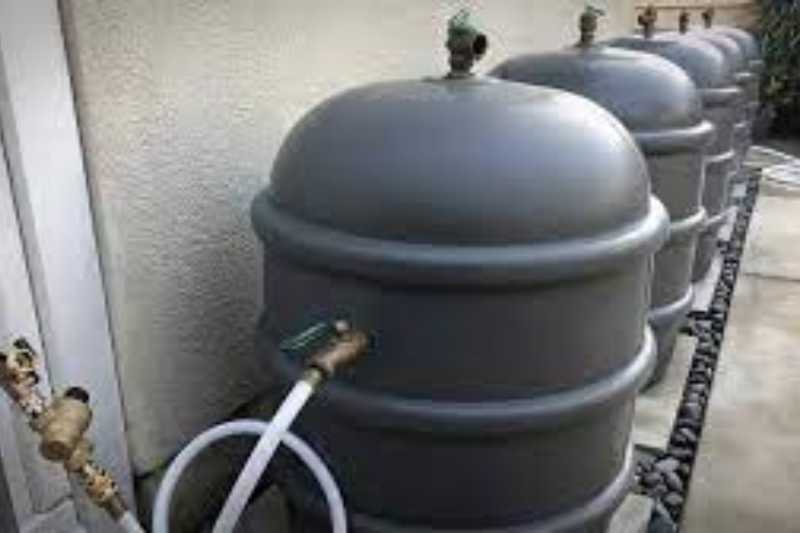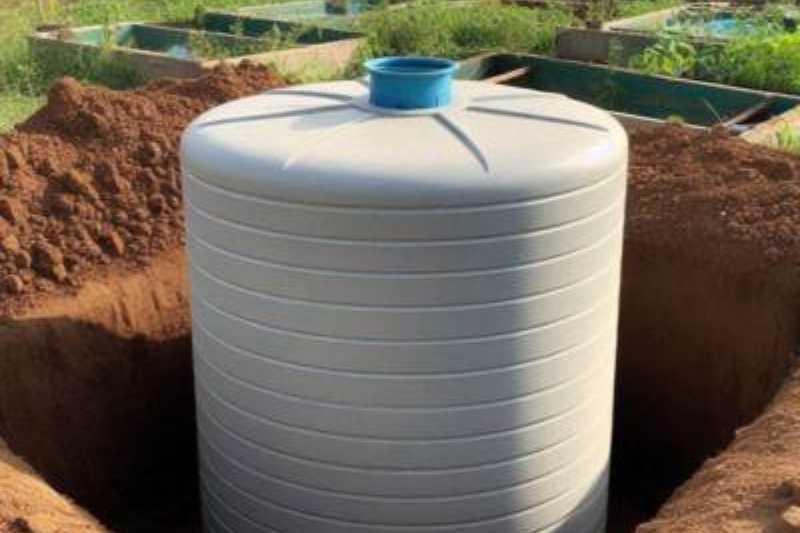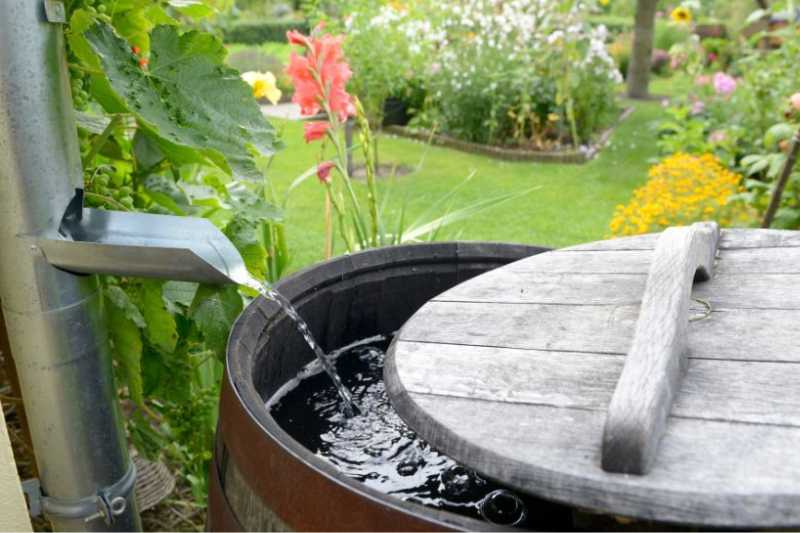How to Choose the Best Water Storage Containers for Your Home
How to Choose the Best Water Storage Containers
for Your Home
While we can never store enough water, there is a limit on how much we feasibly can store. Larger containers are more useful for long-term storage but are treated differently. You must first decide where your long-term water storage is going to be placed before you select which containers to buy. The more room you have, the bigger container options become available to you.
Selecting storage locations
Assess your storage space for the following:
Should provide optimal conditions that are cool, dry, and dark. Light exposure promotes organism growth, quickly reducing your water storage time.
- Larger spaces can include basements, cellars, and garages.
Garages must be used with caution as temperatures fluctuate dramatically. Make plans to block the light and rotate your water storage every six months even if you are using a water preserver.
Storing water in small spaces like apartments can be challenging, but innovative solutions are available. Choosing the right spots can help you store water without visible clutter. Learn how to store water in small spaces.
Long-Term Water Storage
Once you’ve chosen the best places that offer the best conditions, you can move on to finding the containers that serve your space the best. The more space, the more storage container options there are to choose from.
Long-term water storage containers come in heavy-duty food-grade plastic, glass, or stainless steel. For long-term storage, some experts recommend heavy-duty BPA-free plastic, as plastic is more durable and easier to handle. The plastic containers listed here are not the only ones available, but they are some of the most popular.
Water Storage
Now that you know what type of containers you want to buy, here are a few pointers when looking for a reputable vendor. Remember, not all plastic is created equal when it comes to water storage.
Buying the right type of water container
What to look for when buying
- Look for food-grade containers – they are explicitly labeled by responsible vendors, ensuring they meet safety standards for storing consumables including water.
- They are made from BPA free, HDPE (high density polyethylene) food grade plastic. Glass and
- They are often blue and opaque so light cannot get through easily.
- Ensure the container comes with a secure, airtight lid to prevent contamination and keep water fresh for long-term storage.
What not to buy or use
Helpful tips
- Avoid non-food-grade containers, especially those with recycling codes #3 (PVC) and #6 (PS), as they can leach harmful chemicals into stored water.
- 1-gallon plastic containers and empty soda bottles from grocery stores are not suitable for long-term storage. Their plastic can degrade, crack, or leach chemicals over time. They should only be used for short-term rotation.
- Never use damaged, old, or unknown containers, as they may compromise water quality. If a container’s previous use is unclear, it’s best to avoid it altogether.
- Do not buy used food containers from online marketplaces like Craigslist or eBay unless you personally know the seller. Containers may have stored harsh chemicals that do not fully dissipate, leading to potential water contamination.
Water Storage
Once you have invested your time and money, this last step is vital to the success of your long-term storage.
Storage Environment
Choose a location that provides optimal conditions—cool, dry, and dark, with temperatures between 50°F and 70°F. (Note: Garages can become very warm in the summer; consider using your garage only as a last resort, unless you are willing to rotate your water supply every six months.)
Control Light
It is imperative that you minimize the light, or at the very least, direct sunlight. Light exposure promotes organism growth, quickly reducing your water storage time.
Placement
Store your water containers at least 6 inches from the ground. Learn more about water storage placement.

